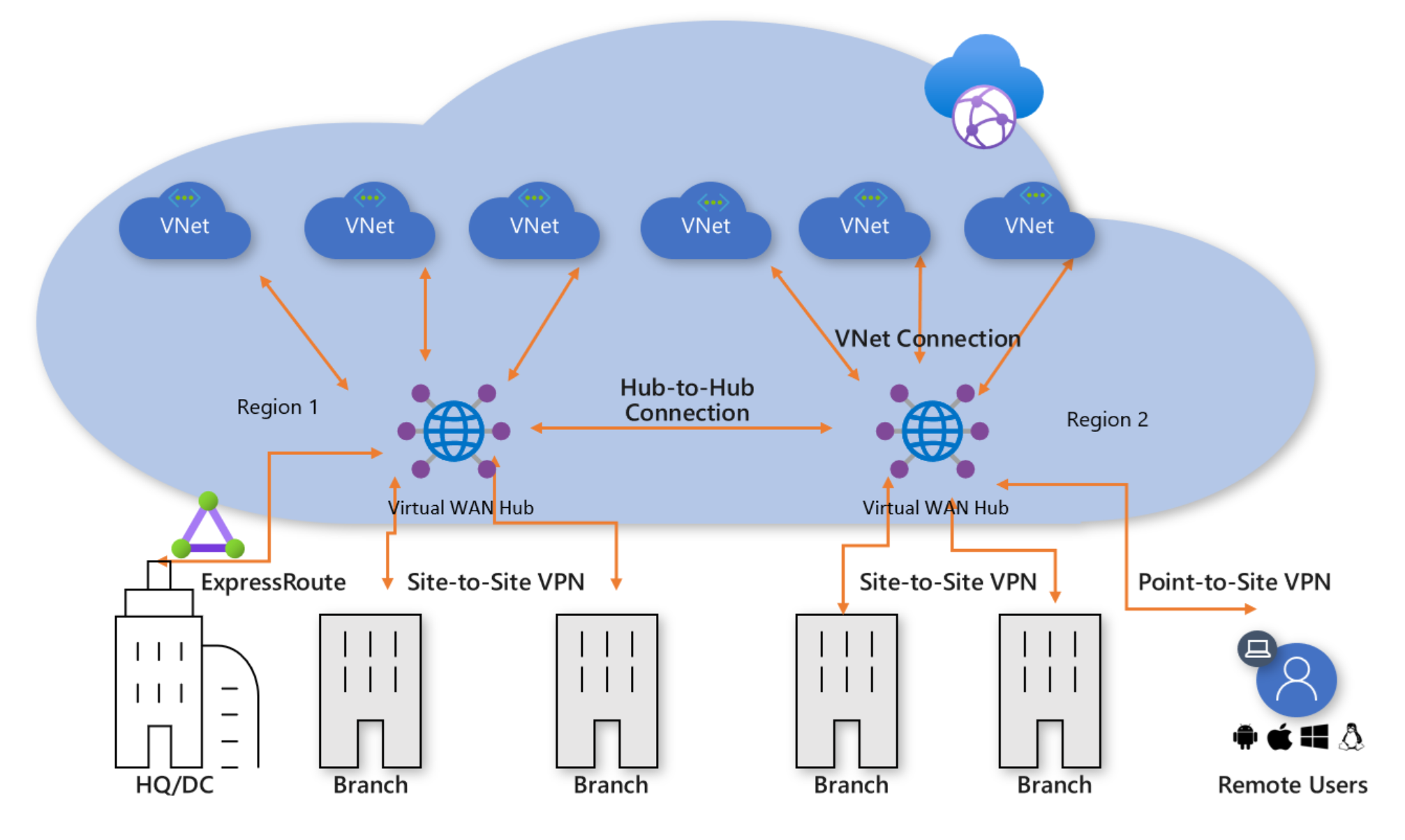
You need an internal gateway in your network that Azure can use to route traffic back to your on-premises environment. Once you configure all the fields, click Create to complete the setup. You can provide the same details, or a sub-set of the details (saving additional space for later use), that you provided in the Address space. Subnet: Provide a Name and an Address range.You cannot connect a virtual machine from a different datacenter to this virtual network. Location: Places your network into a specific Microsoft datacenter.Resource group: Creates an object in Azure called a Resource group (a container with items related to one another).Pick an address that is outside the range of your local subnets.For example, 10.100.0.0/16. Address space: Provide a subnet IP Address and ensure that it does not overlap with your on-premises IP address space.Name: Provide the name for the Virtual Network object in Azure.Create the Local Network Gateway Objectįrom the Azure portal, click New and start typing Virtual network into the search field, then click on Virtual network.Create the Virtual Network Gateway Object.The following steps help you to implement a VPN connection between Microsoft Azure and an On-Premise Network: If you are using any other firewall, contact your system administrator for setting up the incoming policies from Quantum Fabric set up on Microsoft Azure Cloud.



Note: VPN Reference Implementation is documented assuming that the FortiGate Firewall is used on the On-Premise setup. This document outlines the process required to set up a site-to-site tunnel between an Azure network and an on-premise network with FortiGate Firewall. Quantum Fabric on MS Azure: Appendices > VPN Reference Implementation > Site-to-Site Tunnel Implementation Virtual Private Network (VPN) Reference Implementation: Site-to-Site tunnel between Microsoft Azure and On-Premise Network with FortiGate Firewall


 0 kommentar(er)
0 kommentar(er)
